Department of Hydraulic and Environmental Engineering
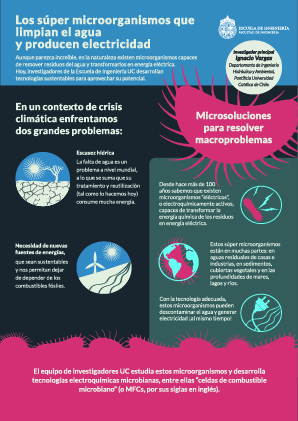
Portada » Cleaning wastewater with microorganisms that (also) generate electricity
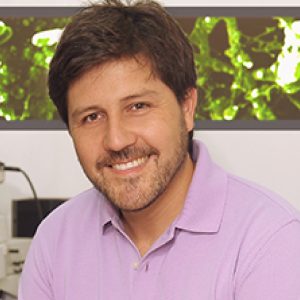
Department of Hydraulic and Environmental Engineering
The Laboratory of Biotechnology and Environmental Microbiology in the Department of Hydraulic and Environmental Engineering at the School of Engineering, led by Professor Ignacio Vargas, has focused on studying a group of microorganisms that can provide a solution to cope with water scarcity and, in turn, generate new sources of renewable energy.
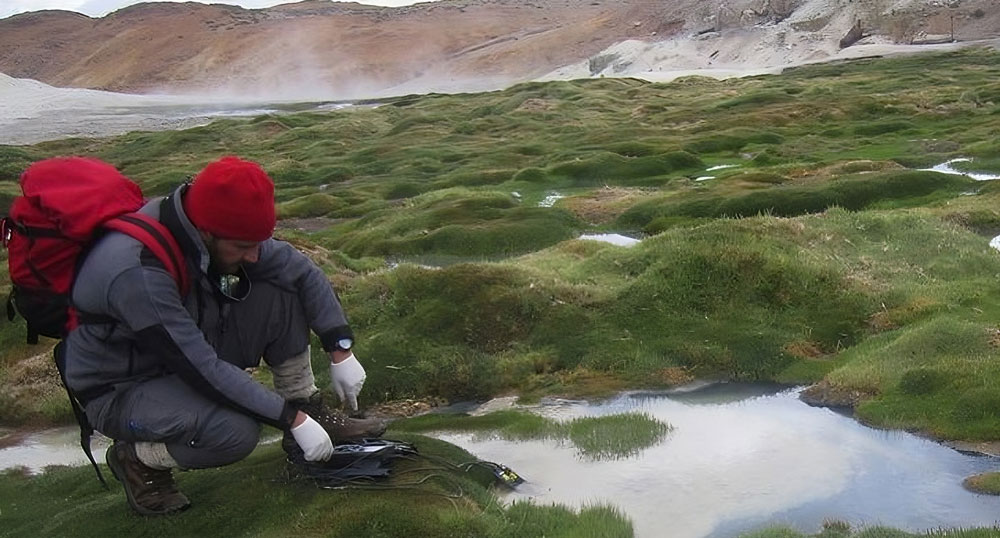
These “electric” or electrochemically active microorganisms can convert chemical energy present in waste into electrical energy that can be recovered and used, for instance, within the very water treatment system. In other words, these microorganisms purify water while simultaneously generating electricity. This combination is ideal considering that traditional wastewater treatment systems demand significant energy, mostly derived from fossil fuels.
The existence of these super microorganisms has been known for more than a century, and we even know where to find them: in wastewater from homes and industries, on plant surfaces, in the depths of oceans, lakes and rivers. However, specific technology is needed to unlock their potential and thereby contribute to increasing the availability of critical resources, such as water and electricity, and ensuring the growth and functioning of cities in a more efficient and sustainable manner.

Department of Hydraulic and Environmental Engineering
Department of Hydraulic and Environmental Engineering

In the Laboratory of Biotechnology and Microbiology, Professor Vargas and his team use Microbial Fuel Cell (MFC) technology to treat wastewater and sediments. These are biobatteries that can generate clean energy using the activity of bacteria capable of degrading the organic matter contained in waste and transforming it directly into electrical current.
This battery includes an anode and a cathode, with contaminated water inside. The anode is made of materials that promote the growth of microorganisms that oxidize the waste in the water, recovering electrons that are transferred through an external circuit to the cathode, where the reduction of a terminal acceptor, like dissolved oxygen, occurs. This flow of electrons through the cell generates electricity.
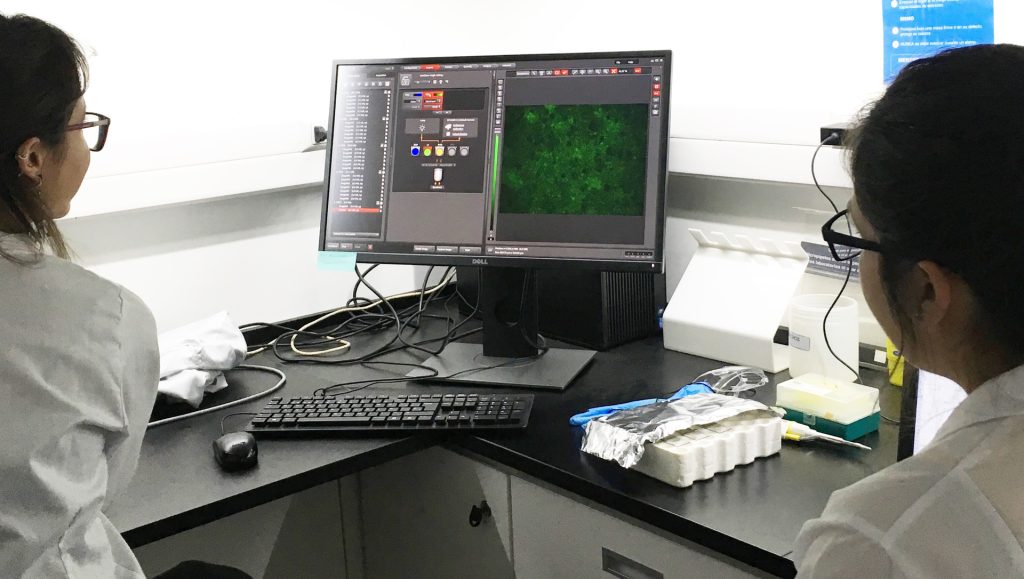
The researchers have dedicated their efforts to identifying new microorganisms that can both transform water pollutants and generate electricity simultaneously. To achieve this, they focus on creating optimal conditions for the microorganisms to grow and reproduce, as well as exploring the discovery of new microorganisms in extreme or polluted areas.
Simultaneously, Professor Vargas is working on optimizing the design of MFCs for scalability and mass production. This effort aims to develop sustainable treatment systems that can be applied to municipal wastewater, agricultural residues, and contaminated sediments. In Chile, integrating MFCs could significantly reduce water treatment costs and associated energy expenses.
This technology could potentially treat industrial waste, be installed in households for greywater reuse, and even function as biosensors to detect different compounds in water or soil. This research aims to have a positive impact on water resource management and to add value to a portion of the immense amount of waste we generate daily. Thus, perhaps in the future, we could have an MFC in every home and integrated into the sanitation systems of all major Chilean cities.
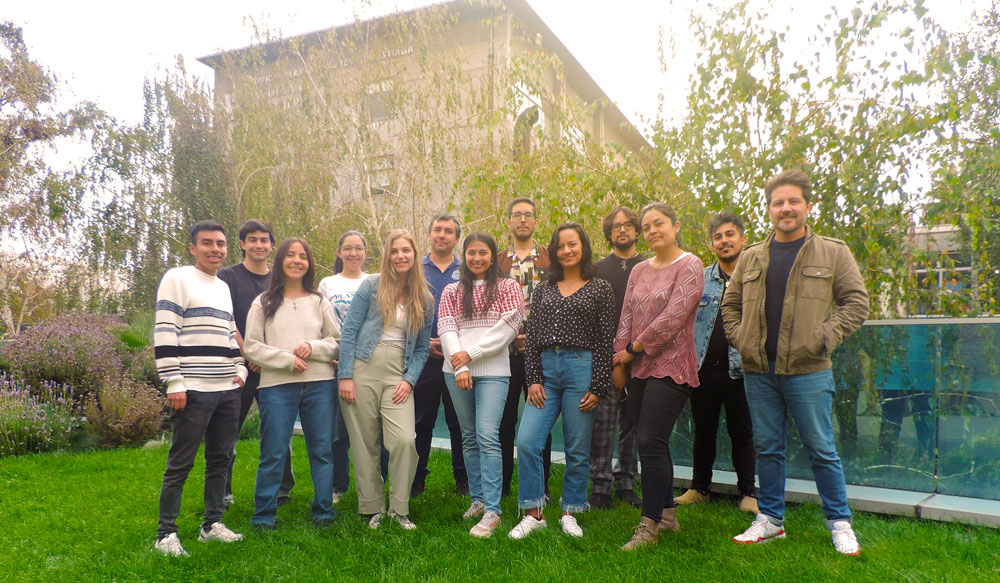
Ignacio Vargas, Felipe Torres, Natalia Tapia, José Rodríguez, Ángela Cantilo, Carlos Gallardo, Javiera Anguita, Mauricio Medel, Victoria Seider, Francisca Rubio, Mariela Bellot, Rodolfo Bertoli, Alexander Cuaran.